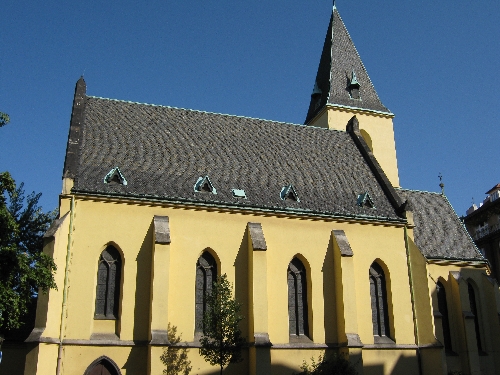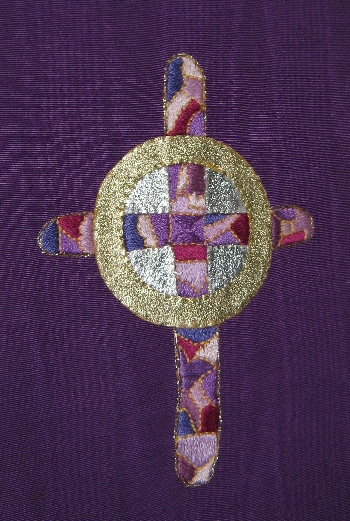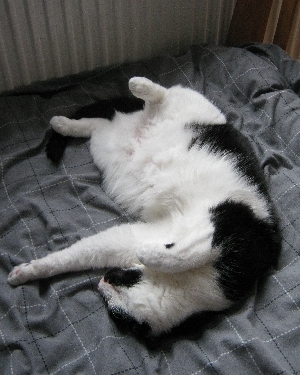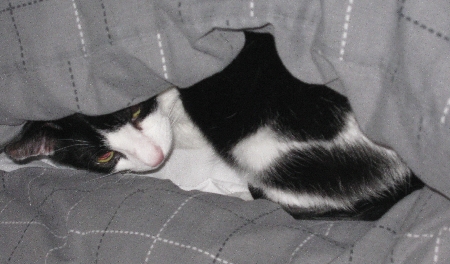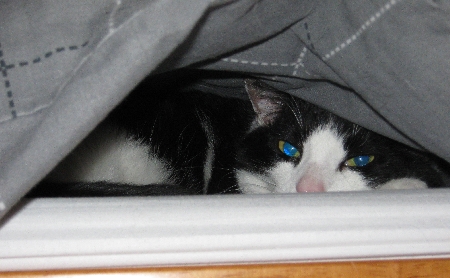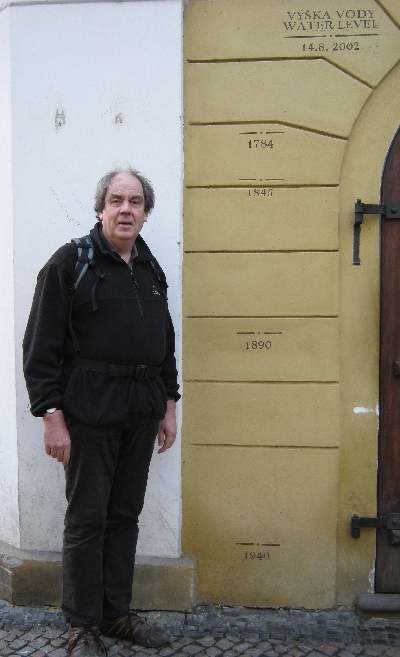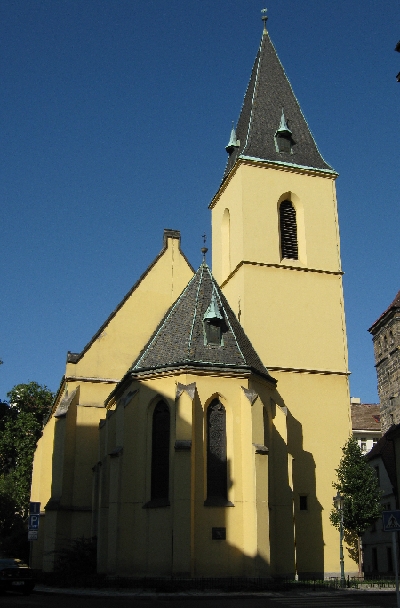
This is a blog post that I started formulating almost two months ago. But for reasons that will be obvious as you read on further, it was only 48 hours ago that I was allowed to speak or write publicly about most of what follows.
The story starts on the morning of Monday 11th January 2010 when I received an email from the British Ambassador to the Czech Republic, Sian MacLeod, alerting me to ‘a visit next weekend by an official group from the UK who would very much like to visit your church’. Her colleague, the Second Secretary Alex Pykett would be in touch with me shortly to make arrangements and she expressed the hope that I would be able to help. I duly replied that I would help in whatever way I could.
A couple of days later, I had a phone call from the Second Secretary. Please could he and the ‘official group from the UK’, meet me at the Church on Saturday 16th January at 2 pm. When I enquired whether this was security related he agreed that it was and that he would be able to tell me more when we met.
Putting two and two together, I realised that what was mind must be some form of Royal Visit. What I did not yet know was who the visitors were to be. Was it to be Her Majesty Queen Elizabeth II and Philip, Duke of Edinburgh or HRH Prince Charles and HRH Camilla, Duchess of Cornwall? To save the mouthfuls, over the next few days Sybille and I reduced this to either E & P or C & C!
On Saturday 16th January, I travelled into central Prague from the Chaplaincy flat, opened the Church and awaited the arrival of the official party. Just before 2 pm, a car drew up and parked nearby. The driver came across to me and introduced himself. He was an officer of the Czech Secret Service, sent by the Office of the Czech President to meet with the ‘official group from the UK’ to discuss the proposed visit of Prince Charles + Camilla. So it was to be C & C.
Soon afterwards, a minibus pulled up and out stepped the ‘official group from the UK’, led by Alex Pykett the Second Secretary. There were nine or ten people in total and I never got to know who all of them were. Those I did speak with were the Princes’ Private Secretary, his Personal Protection Officer and his Press Secretary, together with the Duchess’ Lady-in-Waiting. We discussed in detail what normally happens at our regular 11am service each Sunday and the special arrangements to be made to allow the Prince and the Duchess to attend and worship with us.
The real shock came when I asked about the date of the proposed visit. I had assumed such visits would be organised several months in advance and presumed we would be talking about September or October 2010. You can therefore imagine my surprise when the reply came that, whilst the exact date had not finally been agreed, it would either be Sunday 14th or Sunday 21st March.
The great emphasis throughout all of our discussions was that the proposed visit had to be kept very hush-hush. This was partly due to the exact dates and arrangements still being sorted out. But sadly, the overriding concern was that of security. By not announcing details of the proposed visit until a few weeks before it is planned to take place, any terrorist would have far less time to organise something. I therefore concluded that at least some of the members of the visiting group who I did not really speak with, were officers of MI5, sussing out all the security implications of such a Royal Visit.
Despite the need for secrecy, I did share the basic details with the Church Council when they met the following day. For depending which Sunday the visit was to take place, it could have had implications regarding other Church activities. But nothing could be made public to the wider congregation until I had the say-so from the British Embassy.
On Friday 5th February, I had a second meeting at Church with Alex Pykett and his diplomatic colleague John Davies. As well as clarifying various practical details regarding the Church service, it was confirmed to me that the date would be Sunday 21st March. I was also told that this was all part of a three country tour with the Prince and the Duchess visiting Poland and Hungary, before arriving in the Czech Republic. The royal couple would be arriving from Budapest the previous day.
I was also promised that towards the end of the following week, there would be an official announcement by the British Embassy about the visit. However, this would still be in very general terms and not including a detailed programme of events. In the meantime it was still very hush-hush – please don’t tell anyone.
It was therefore quite a surprise when the following morning, one of the Churchwardens phoned me saying, “I see the news of the visit is out”. He sent me a link to an article on the website of the Czech newspaper Dnes (Today) with news of the forthcoming royal visit. I soon found an English-language piece on the website of the Czech News Agency CTK. Both articles credited the source of their information as being ‘unnamed diplomatic sources’. I was later informed that the source of the leak to was believed to have been in Hungary!
Finally, late on Thursday 11th February, the promised official announcement was posted on the British Embassy website and a similar press release was made by Clarence House in London. But again, mainly because of security concerns, there was still no detailed programme nor could I yet tell the regular members of the congregation that, as part of the impending royal visit, the Prince and the Duchess would be attending Sunday worship at St. Clements.
On Wednesday 3rd March at 8.30am, I had my third meeting at the Church, this time with the Director of Protocol of the Office of the Czech President, together with several senior officers of the Czech Police. Once more, Alex Pykett was there and helped finalise the necessary security arrangements.
However, the really good news last Wednesday was that later that day, there would be an announcement of the programme for the Royal Visit on the British Embassy website which would in turn give me the green light to tell all the members of the congregation and also be able to publish this blog post!
I have to say that I feel a certain sense of relief that I am finally free to talk openly about the forthcoming Royal Visit. It has occupied quite a bit of my time over these past two months. On quite a number of recent occasions I have had to bite my lip and refrain from saying something in order to maintain the requested secrecy. It hasn’t been easy.
I am also quite encouraged that attending Christian worship is seen as an important ingredient of the visit by the royal couple to the Czech Republic. This is in notable contrast to the visit of President Barack Obama and First Lady Michelle Obama to Prague in 2009. Instead of attending a Church service, President Obama made his major European speech about promoting a nuclear-free world, standing alongside Prague Castle, but on the morning of Palm Sunday!
